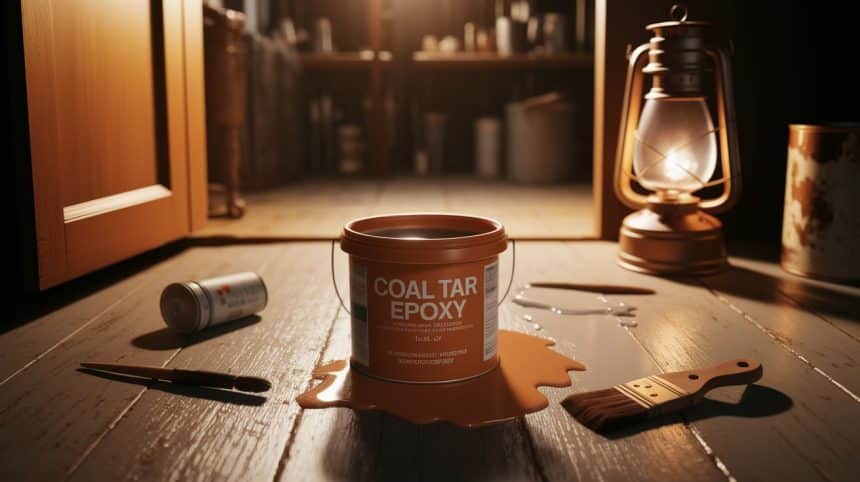Are you tired of surfaces that crack, peel, and fail when exposed to harsh conditions? Many people struggle with this exact problem.
I know how challenging it is to find coating products that truly withstand water, chemicals, and constant wear. You try product after product, but nothing seems to last.
What if you could apply a single coating that offers years of solid protection against moisture, chemicals, and abrasion? Coal tar epoxy provides a strong, long-lasting shield for your surfaces.
In this guide, I’ll showcase the top coal tar epoxy products that I’ve thoroughly tested and found to be effective. You’ll learn which ones offer the most lasting protection for your specific needs.
What Is Coal Tar Epoxy?
Coal tar epoxy is a tough protective coating used to shield surfaces from damage. It consists of two main components: coal tar and epoxy resin. When mixed, these create a strong barrier that stops water, chemicals, and other harmful substances from causing harm.
The coal tar is produced by heating coal to extremely high temperatures. This process creates a sticky, dark substance that prevents water from entering. The epoxy resin adds strength and helps the coating stick well to surfaces.
This coating works exceptionally well because it forms a hard, waterproof layer upon drying. I’ve seen it last for years in places where other coatings would fail within months.
Many industries rely on coal tar epoxy. It protects
- Ship hulls and dock structures from saltwater
- Pipes and tanks in water treatment plants
- Underground pipes and foundations
- Metal bridges and supports
The coating prevents rust on metal and protects concrete from degradation when exposed to harsh chemicals. It’s especially beneficial for areas that remain wet or underwater for most of the time.
To understand the versatility of epoxy primers beyond industrial uses, consider their application in home projects like painting a tile backsplash, where they ensure durability and moisture resistance.
The Science Behind the Shield: How Coal Tar Epoxy Works
Coal tar epoxy isn’t just another protective coating; it’s a chemistry-powered armor. When two components merge, they form a tough, waterproof shield that adheres tightly to surfaces and withstands some of the harshest conditions imaginable.
| Stage | What Happens |
|---|---|
| Mixing | Two parts (coal tar + epoxy) are mixed to start a chemical reaction. |
| Bonding | Molecules bond tightly, forming a dense, tough layer. |
| Surface Grip | Coating fills cracks and sticks to the surface. |
| Flow & Coverage | Coal tar helps it spread smoothly for full coverage. |
| Touch Dry Time | About 24 hours. |
| Full Cure Time | 5–7 days for maximum strength. |
| End Result | Forms a thick (16–20 mil) protective barrier. |
In the world of industrial coatings, coal tar epoxy is the silent guardian. Once cured, it doesn’t just sit there; it defends with unmatched strength for years to come.
Top 7 Coal Tar Epoxy Products You Should Know About
Finding the right coal tar epoxy can be tough. After extensive testing, here’s a list of products that truly deliver on their promises.
1. Carboline Bitumastic 300M
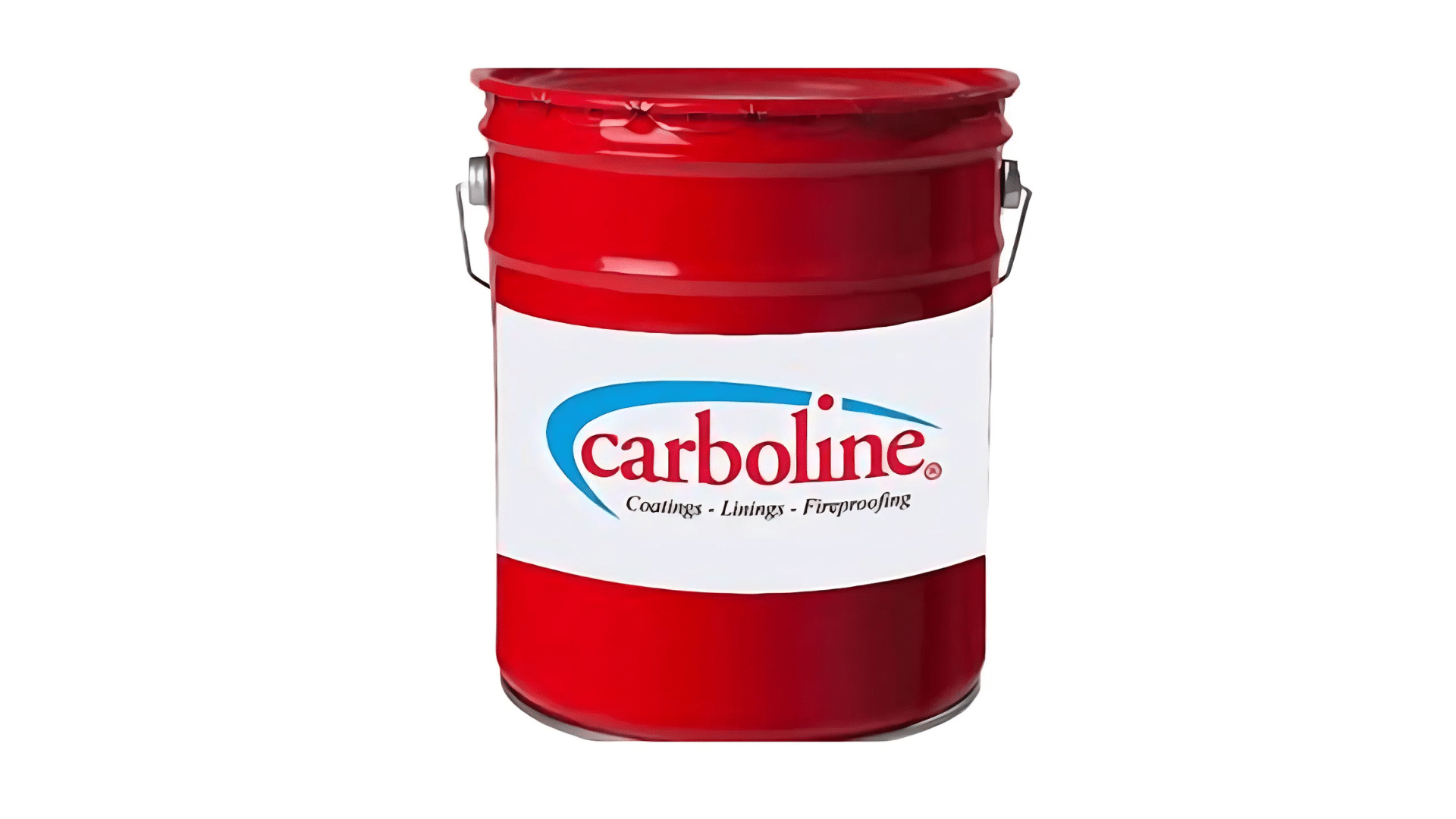
This two-part coating consistently delivers great results. It adheres well to steel and concrete, creating a barrier that water cannot penetrate. When used on underground pipes, it lasts for years without signs of breaking down.
What makes it stand out is its exceptional ability to handle being underwater. Unlike some coatings that soften when constantly wet, this one remains hard and continues to perform its job.
2. Sherwin-Williams Corothane I Coal Tar
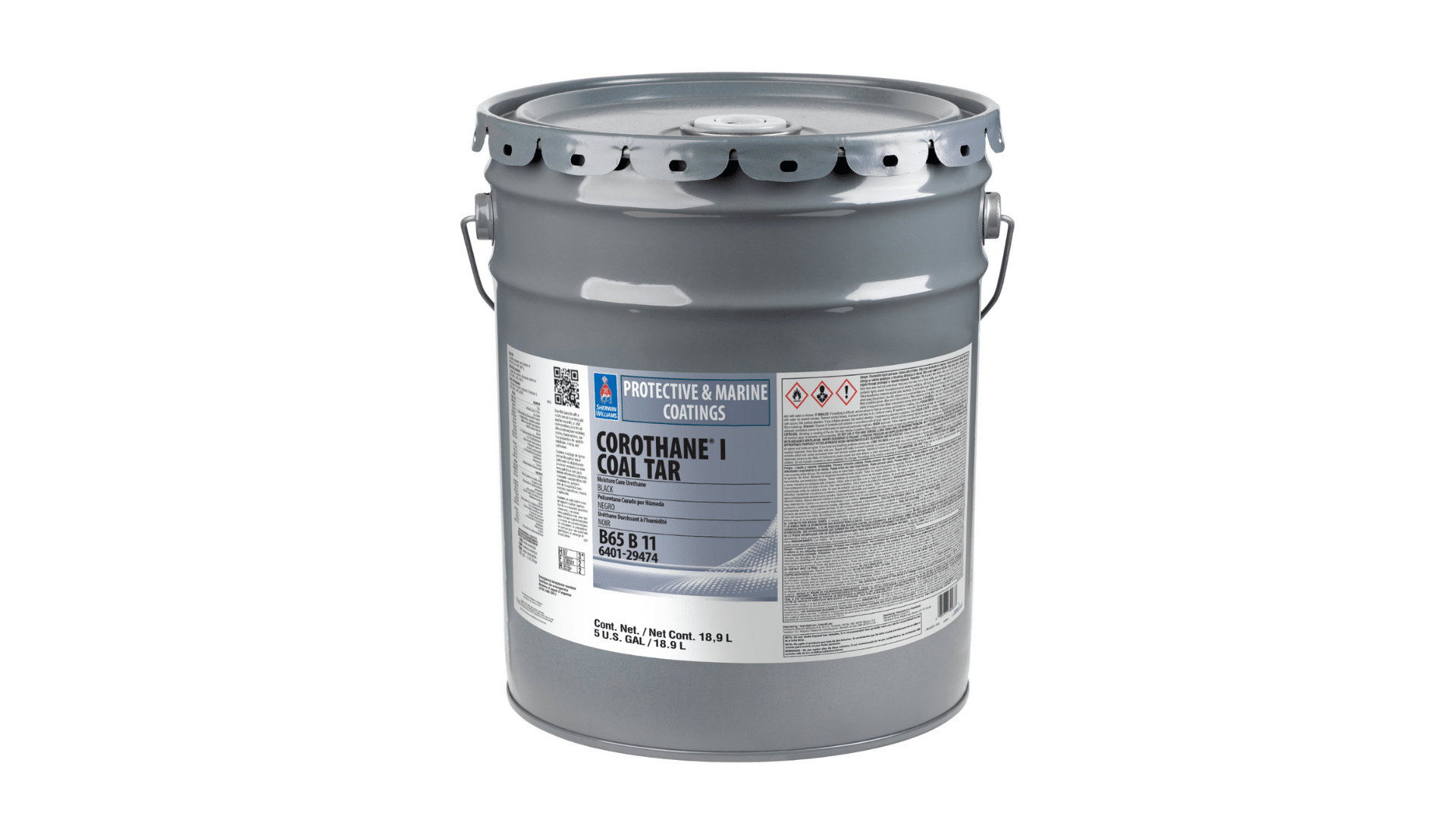
This product excels in areas that face tough conditions. It builds up to a thick layer in one coat, saving time and labor. When applied at water treatment plants, it withstands constant exposure to chemicals perfectly.
This coating dries faster than many others on the market, which is beneficial when projects require quick completion.
3. Jotun Penguard CT
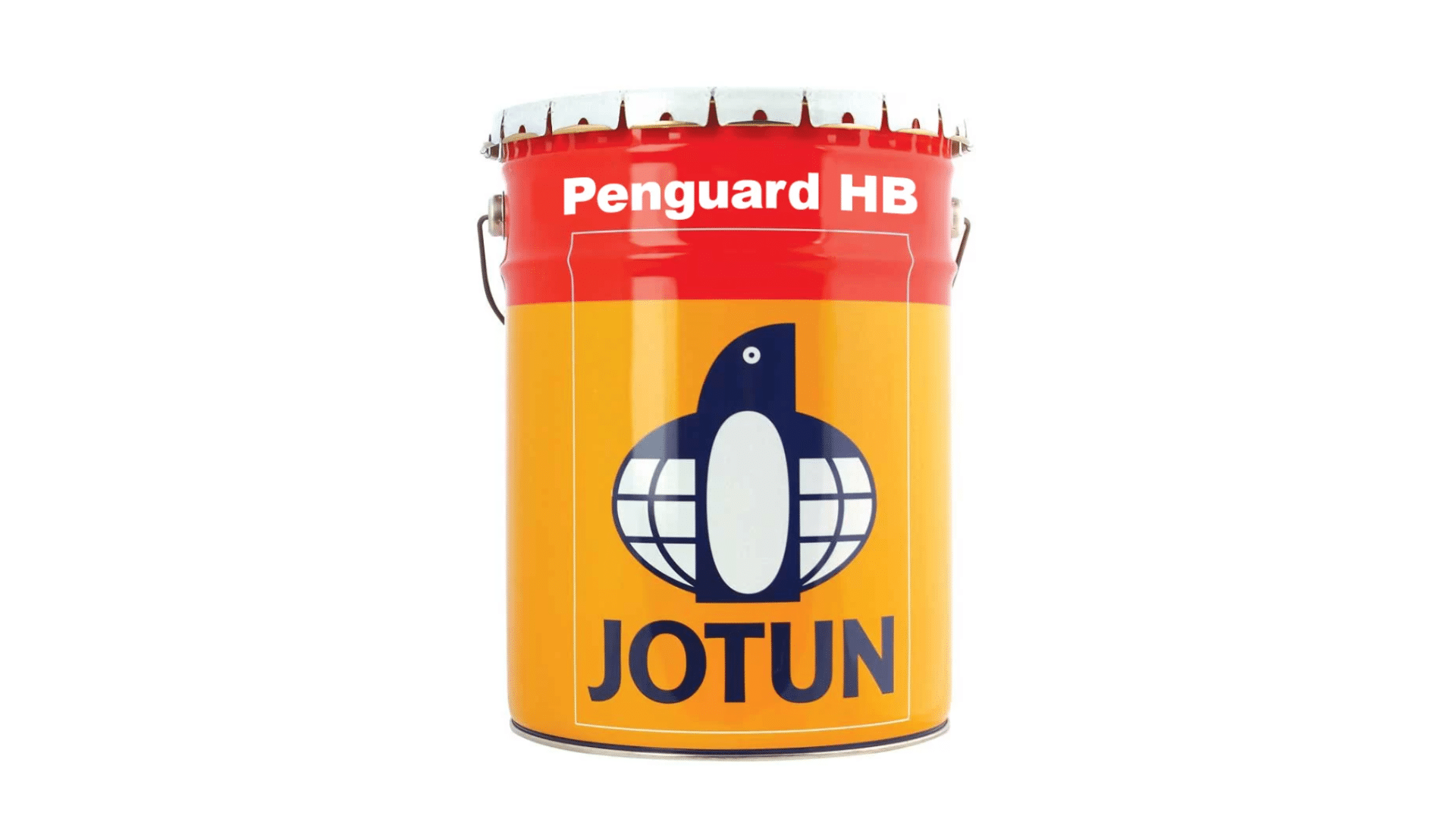
The standout quality of this product is its strong grip on surfaces. Even on poorly prepared metal, it bonds well and remains in place. Its quick-drying time makes it ideal for coastal projects where tide schedules are critical.
It works especially well in cold weather when other products become too thick to apply properly.
4. Hempel’s Tar-Free Epoxy
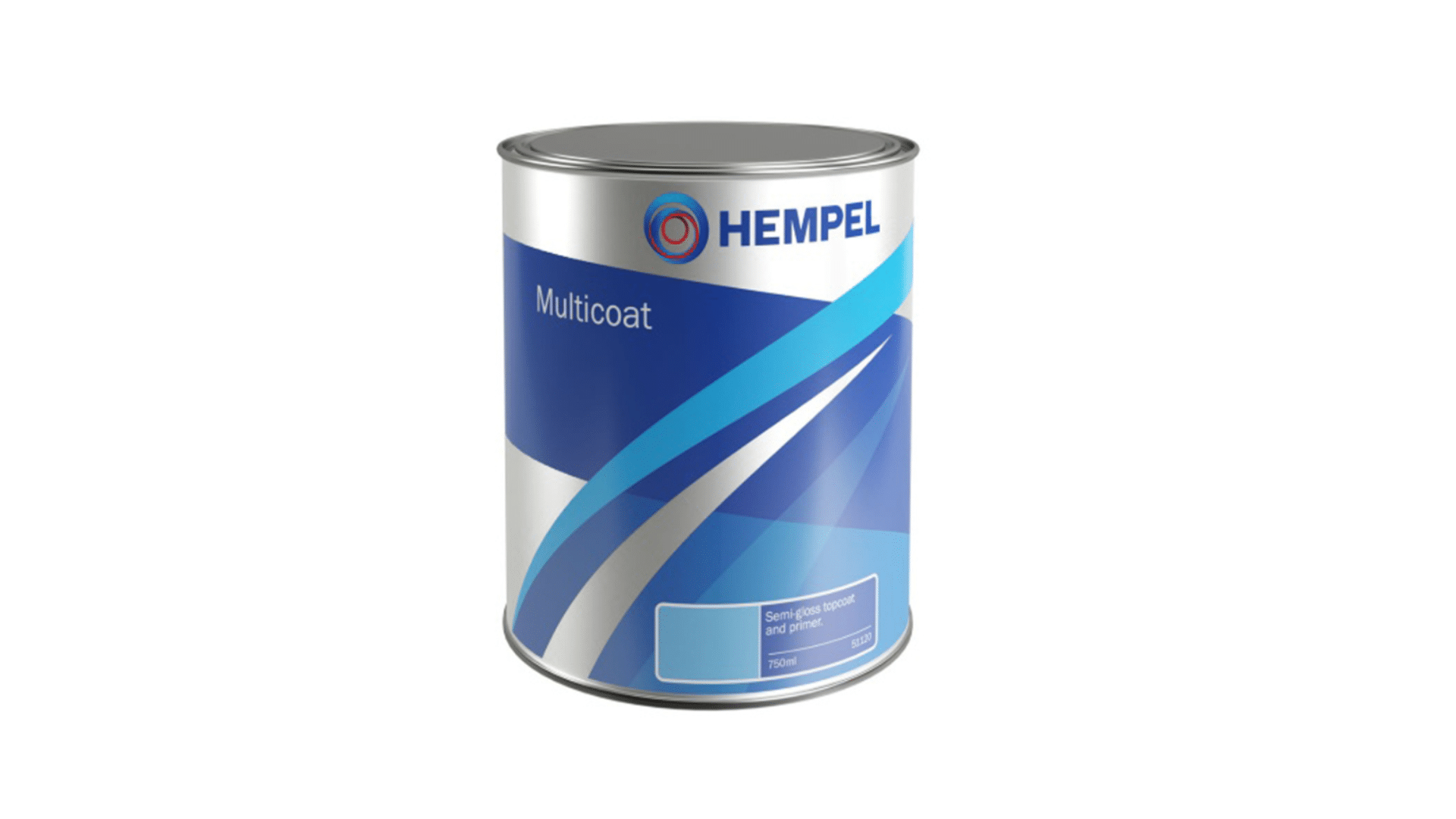
This product offers a more earth-friendly option while still providing solid protection. It’s suitable for drinking water tanks where regular coal tar products aren’t allowed.
Despite not containing actual coal tar, it still forms a tough coating that stops water and chemicals just as effectively.
5. ROCOAL C9578 by ROC
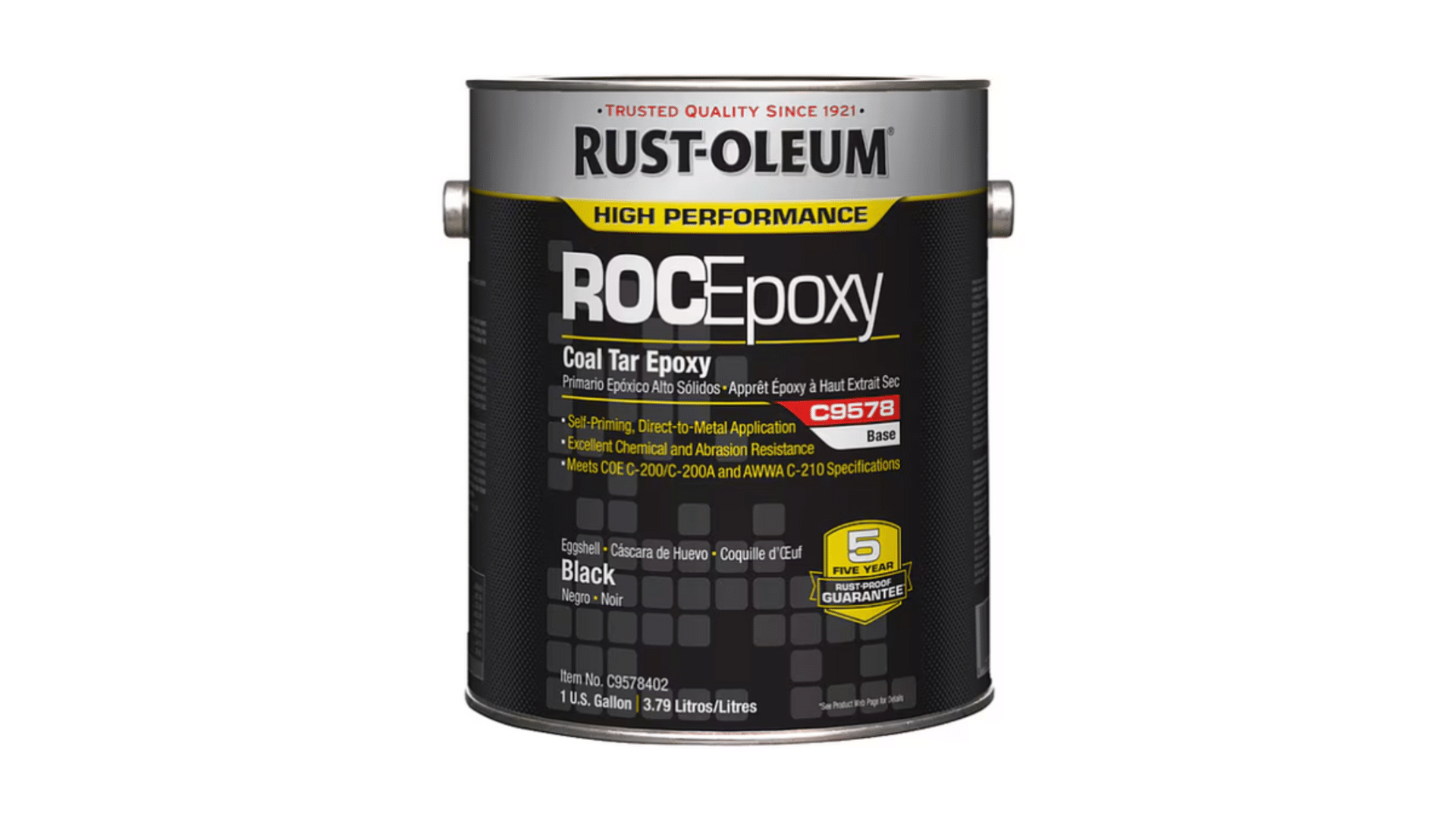
This coating withstands physical abuse better than most. When applied to loading dock areas that see constant scraping and impact, it holds up remarkably well.
It takes a bit longer to mix properly, but the extra effort pays off in its superior performance in harsh industrial settings.
6. Asian Paints Apcoom CT Epoxy
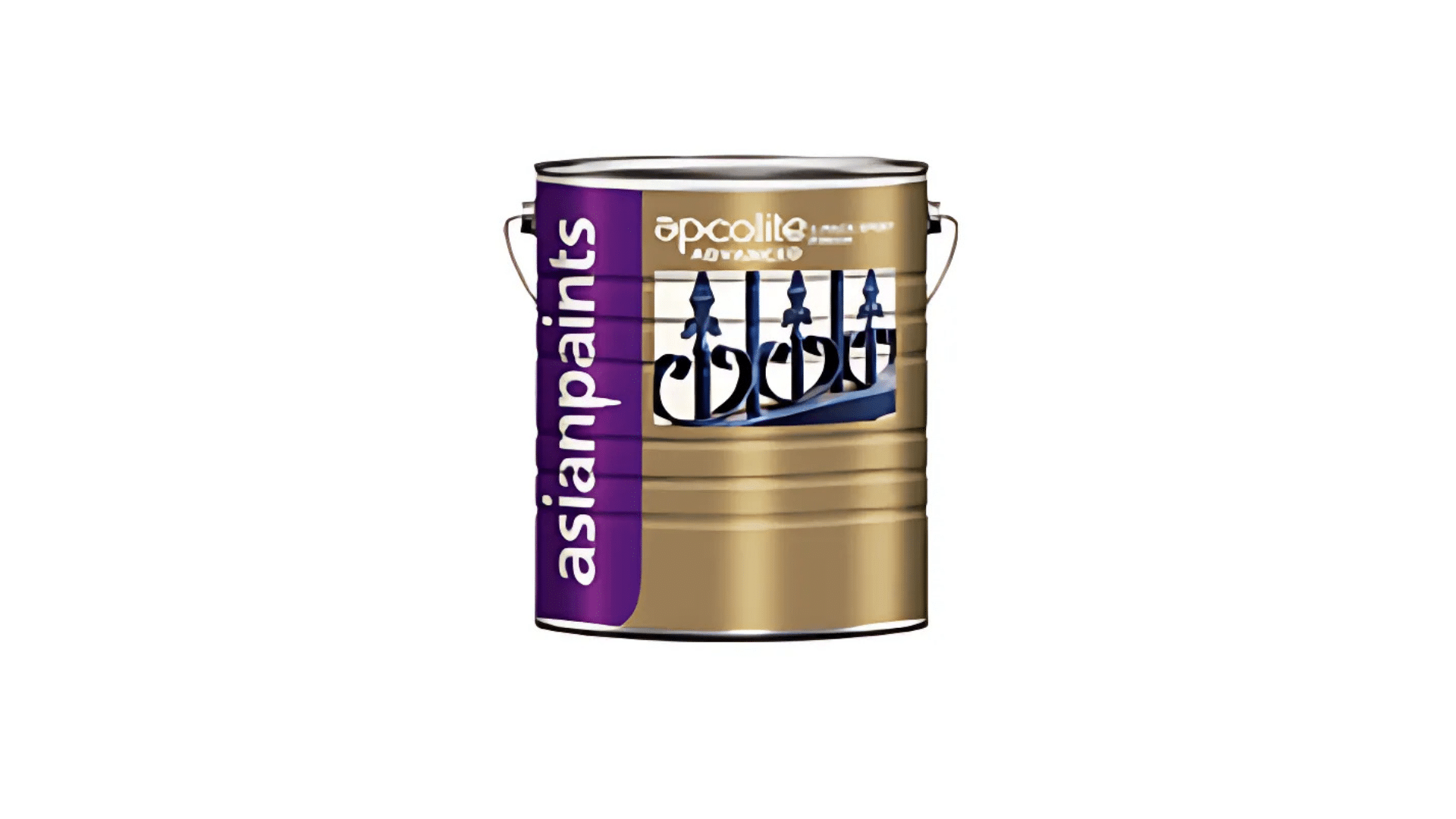
This product provides excellent coverage with fewer coats. It’s particularly beneficial for large concrete surfaces, where saving on material makes a significant difference.
It handles high humidity during application better than most, which is particularly beneficial for projects in coastal or tropical areas.
7. Nippon Nippe Tar Epoxy
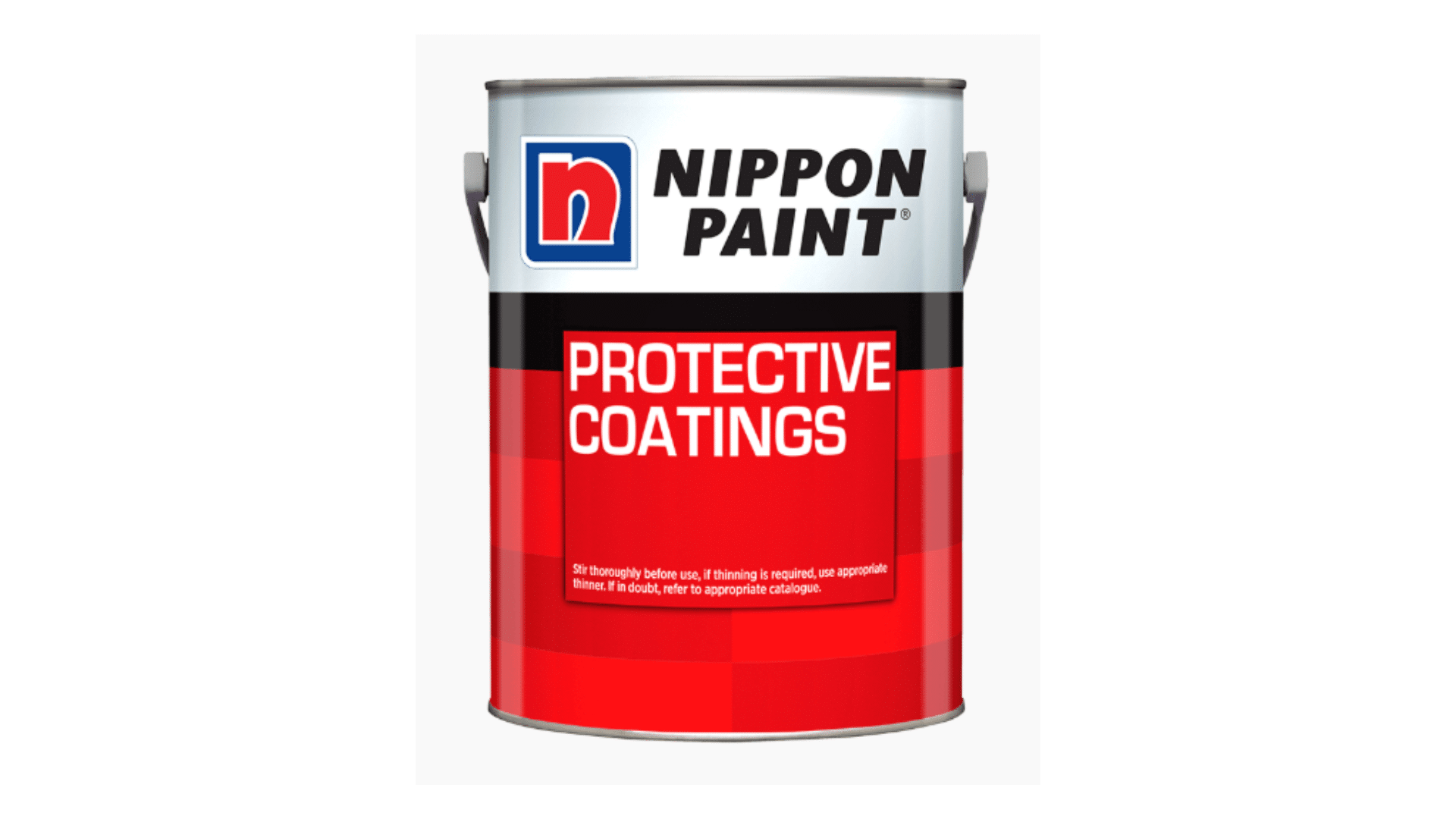
What stands out about this coating is its smooth application. It flows smoothly and settles into a level finish with minimal effort. It works wonderfully on water tanks where a soft interior is important.
It also maintains its color better than others, exhibiting less of the typical fading that occurs with prolonged sun exposure.
Coal Tar Epoxy Safety: Key Considerations
Coal tar epoxy provides strong protection; however, users should be aware of certain safety aspects before working with these products.
1. Health Risks During Application
Breathing Concerns – When applying coal tar epoxy, the fumes contain compounds that can cause respiratory issues. Always wear proper respiratory protection and work in well-ventilated areas. A full-face respirator with organic vapor cartridges provides the best protection.
Skin Contact – Direct contact with uncured coal tar epoxy can cause skin irritation or more severe reactions in some individuals. Full-body protection, including chemical-resistant gloves, coveralls, and eye protection, helps prevent exposure.
Long-term Exposure- People who work with these products regularly should take extra precautions. The compounds in coal tar have been linked to health concerns with repeated exposure over many years.
2. Environmental Impact
Water Systems- Coal tar epoxy can harm aquatic life if it enters water systems before curing. During application near water bodies, containment measures should be in place to prevent runoff.
Disposal Challenges- Unused products and containers require proper disposal as hazardous waste. Local waste management facilities can guide correct disposal methods.
Soil Contamination- Spills can affect soil quality for extended periods. Quick cleanup of any spills helps limit environmental damage.
3. Regulatory Guidelines
VOC Compliance- Many areas now have strict rules about volatile organic compounds (VOCs) in coatings. Modern coal tar epoxy formulations often come in low-VOC versions to meet these requirements.
Safety Standards – Products must meet ASTM standards for both performance and safety. These standards ensure the coatings perform as expected while minimizing risks.
Alternative Options – Due to health and environmental concerns, many projects now utilize coal tar-free alternatives. These products aim to provide similar protection with fewer potential hazards.
Maintenance and Longevity: Ensuring Lasting Protection
- Coal tar epoxy coatings provide excellent protection, but proper maintenance ensures they reach their full potential lifespan. Following these practices helps maintain the coating integrity for years to come.
- Establish a regular inspection schedule; quarterly checks help catch early signs of damage like scratches, bubbling, or thinning areas before they become serious problems.
- Clean coated surfaces periodically with mild detergent and water to remove salt, chemicals, and dirt that can degrade the coating over time. Avoid harsh chemicals and abrasive tools.
- Address minor damage promptly by cleaning the affected area, lightly sanding it, and applying a compatible coal tar epoxy patch to prevent water from reaching the substrate.
- Be aware that sunlight breaks down coatings gradually, with south-facing surfaces degrading faster. Consider additional UV-resistant topcoats for highly exposed areas.
- Plan for recoating every 7-10 years, depending on conditions. Marine applications typically need more frequent maintenance than protected indoor spaces.
Conclusion
Coal tar epoxy stands as a reliable solution for tough protection needs. This unique coating combines strength and water resistance to shield surfaces in challenging environments.
The right product choice depends on your specific needs. Some excel underwater, others in chemical exposure, and some offer more eco-friendly options.
Remember that proper application and safety precautions are essential. The protection these coatings provide comes with responsibilities regarding health and environmental care.
With regular checks and basic maintenance, these coatings can protect surfaces for up to a decade. Small repairs made promptly prevent bigger problems later.
When durability matters most, coal tar epoxy remains a trusted choice for professionals across industries who need proven protection against water, chemicals, and physical wear.
Frequently Asked Questions
Is Coal Tar Epoxy Waterproof?
Yes, coal tar epoxy is completely waterproof. It creates a hard, impermeable barrier that prevents water from reaching the protected surface.
Is Coal Tar Toxic to Humans?
Yes, coal tar can be toxic to humans. It contains compounds that may cause skin irritation, breathing problems, and health concerns with long-term exposure.
What Is the Price of Coal Tar Epoxy?
Coal tar epoxy typically costs between $40 and $100 per gallon, depending on the brand, quality, and features. Professional-grade products tend to be at the higher end of this range.

